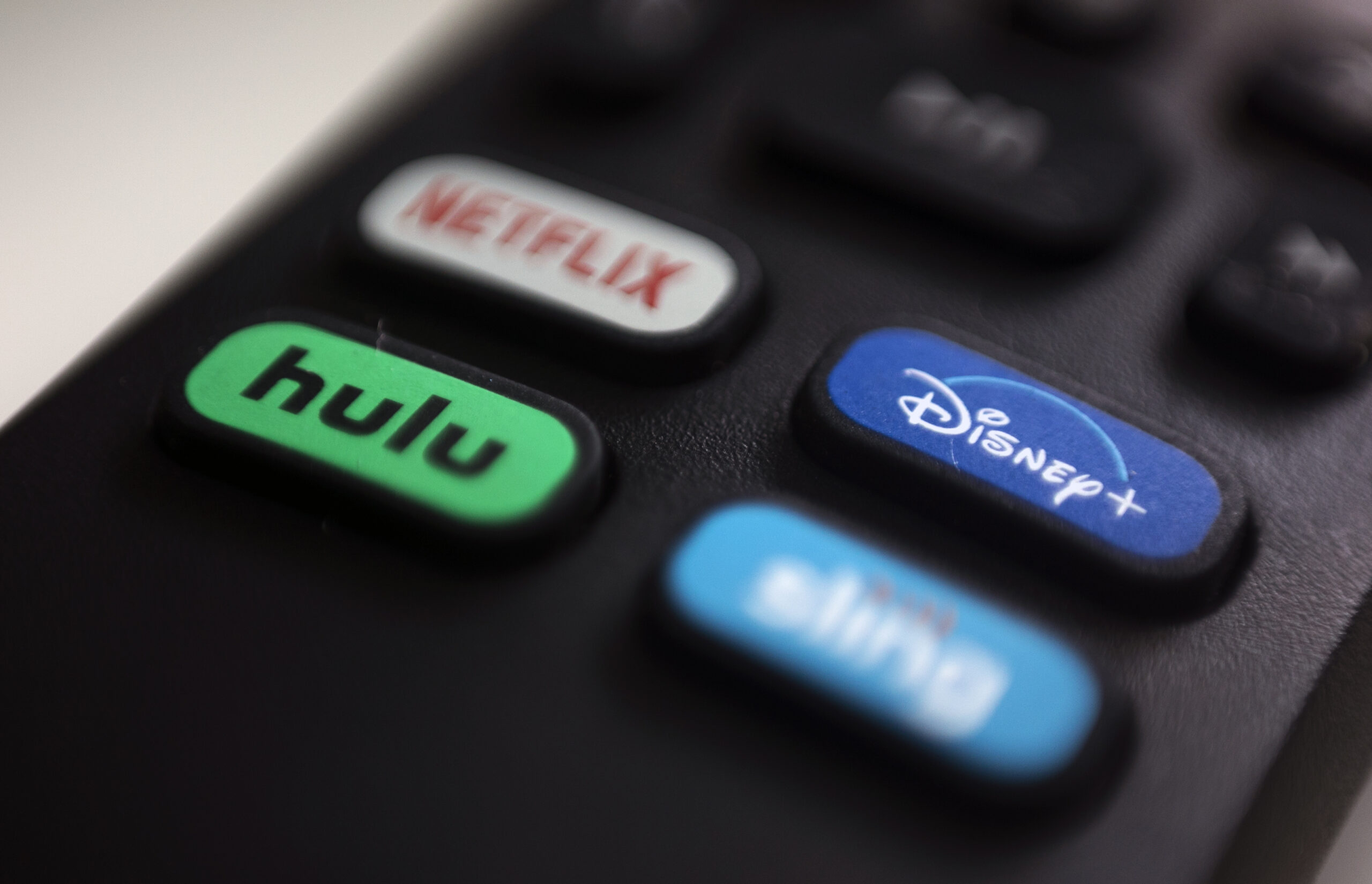
AP Photo/Jenny Kane
Contrary to common perception, the entertainment industry and news industry face a remarkably an identical problem, and the streaming platforms will begin to grapple with it this 12 months: Customers cannot subscribe to the whole thing.
Folks will are trying to find out content material, be it video or other experiences, but there may be only so much attention to dispense, so many hours in the day and so much willingness to create permanent consumer relationships. Subscriptions, until modestly priced, quick annoy.
Consider the TV evolution, and the way it has tracked with human psychology: Once there were just a few TV channels, even in the United States. By way of the 1980s there were tons of, allotted with the aid of cable in single bundled subscriptions – the first proof of concept for payments. However in each and every area, you only needed to get the sort of to get all of the channels.
Then came top class channels like HBO and Showtime, which you paid a bit of additional and received by means of cable; no longer many paid for greater than a type of.
Fast forward to 2023, and most high quality scripted content is on streaming systems. That is the results of the superb success of Netflix’s decade-outdated bet that TV sequence – beginning with the American version of Britain’s House of Cards – can be streamed online, with complete seasons made on hand for immediate binging. It traded the proposition that content material draws audiences to promote commercials for one the place content sells subscriptions.
It is simple to put out of your mind how atypical it sounded back then, this abandonment of appointment TV. But like the smartphone, streaming either tapped into a hidden monster of human psychology, or – Frankenstein-like – created one. This present day, the speculation of ready for content to be broadcast at explicit instances (or recording most effective then for viewing later) appears absurd.
But the success used to be additionally in line with the concept there was (by way of and massive) one Netflix. And that’s falling apart: So extensively used to be this variation imitated that the streaming products and services begin to conceptually resemble the previous top rate TV channels.
Audiences in the hunt for White Lotus must sign up for HBO (on cable or streaming). Ted Lasso and Unhealthy Sisters require a subscription to Apple TV. To enjoy the SuperStar Wars franchise one must shell out for Disney+. As for the newest Knives Out mystery movie, that’s simplest on Netflix, along with Emily in Paris and Useless to Me.
And how’s that figuring out?
Netflix is still winning – its most just lately on hand 12-month internet profits figure was once over $5 billion – however is dropping subscribers; its stock has plummeted to lower than half its price firstly of 2022. This is causing the streamer to reportedly consider advert-supported options and crackdowns on password-sharing, neither of that will breed recognition.
Meanwhile, its rivals are all thought to be dropping money at the same time as they achieve market share. Disney’s direct-to-shopper division, which additionally includes Hulu and ESPN+, remaining month pronounced a quarterly running loss of just about $1.5 billion.
Shoppers are feeling bristly, and it is not a gorgeous image.
Which brings us to the journalism comparison. ARound 25 years ago, news organizations started out hanging so much and even most content on-line for free, thinking it no more than a storefront window for promoting print.
Soon most information consumption had shifted online, however people grew acquainted with not paying for it whilst print sales plummeted. All over the place the sector, newsrooms had been eviscerated and publications have shut down. The revenues of the Associated Press fell through 1/2 in real terms over a decade.
Originally, on-line media turned to promoting as its primary source of revenue. But ads are fickle.
For one thing, the spying that concentrated on required invited regulatory interference, particularly from the European Union, which hosts sufficient of the sector’s traffic and servers to wage efficient battle on the “cookies” that observe us round on-line. Advert tech companies are actually scrambling to regulate. For some other, advertising is drawn to the size of social media and search; Facebook and Google make extra in advert revenue than the highest 10 media companies blended.
So paywalls are becoming ubiquitous. But journalism – trained experts making onerous-to-replicate efforts – is expensive (though AI experiments could quickly present some extra effectivity). A recent study in seven key international locations showed the average news paywall involves $200 per 12 months.
This creates a scenario analogous to that of the streaming channels: Shoppers need a date with a piece of content material; they’re asked to marry into the newsletter or platform.
There are a couple of startups seeking to deal with the question of tips on how to bundle and effectively market and deliver journalism. Some fashions may contain procuring person gadgets. Others are looking to tempt publishers into being a part of sliced-and-diced bundles.
The song trade has taken care of its own streaming problem curiously: content is usually no longer unique to one platform. Problems still abound – Spotify and Apple Song are one thing of a duopoly and unknown artists complain of a uncooked deal. However the consumer just isn’t requested to subscribe to one provider to listen to the Beatles and every other for the Rolling Stones. The platforms have the same content material, however slightly completely different person experiences (and branding). There could also be classes in that.
Into this unstable landscape marches the pretty unremarked revolution in related, sensible TVs, basically operating off the internet and acting as a pc.
Not long ago TVs have been passive gadgets receiving and providing video. Now they’re online knowledge and entertainment centers, even though controlled by using a far flung and no longer a keyboard or touchscreen. More and more, what’s going to matter would be the working techniques they arrive with – and what content services and products and different experiences they’re working.
Connected TVs are exhibiting a compound annual boom in sales of 15% while prices are taking place; the market final 12 months was valued at almost $13 billion; Asia-Pacific has led this revolution and the business is making a major push now in america.
Altering content patterns all the time attached to tech improvements, from the development of the printing press to the flickering shifting pictures. But as Moore’s Regulation marches on, as of late’s drama is of any other stage: cloud-based data for storing all tradition; synthetic intelligence to watch for everybody’s preferences; metaverse functions for shared experiences.
The place all this goes will have an effect on how billions of individuals keep in mind civilization. New fortunes will likely be made. If we’re fortunate, human society shall be more desirable and now not diminished.
***
Dan Perry is Managing Accomplice of the Thunder11 communications firm, whose specializations embody tech and healthcare. He was once the highest editor for the Associated Press in Europe, Africa and the Heart East. withIn the Eighties, he was once among the many first to increase and market multilingual phrases processors for private computers.
The publish The Streaming TV Version Should Trade first seemed on Mediaite.



